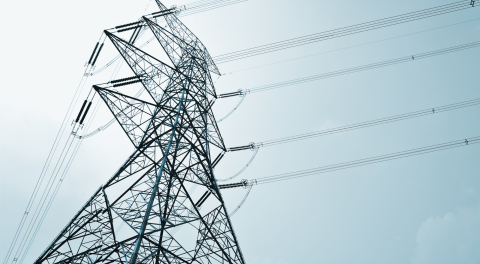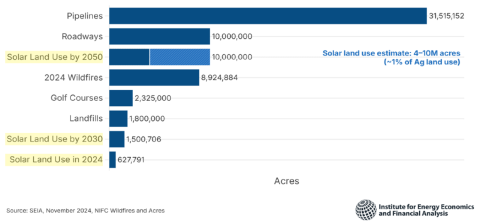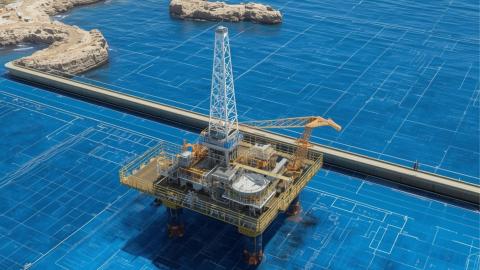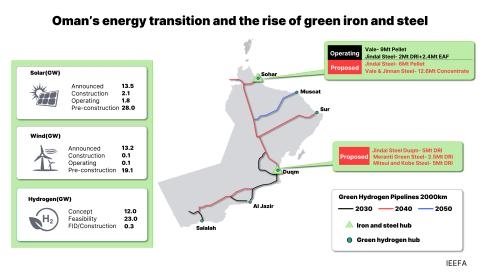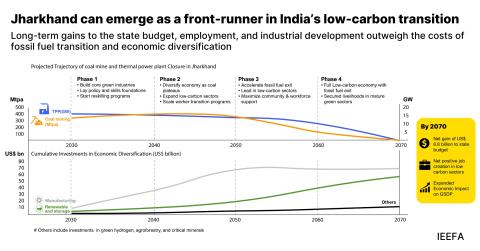Trans Mountain expansion could never return the expected $26.1 billion spent by taxpayers
Download Full Report
View Press Release
Key Findings
However, additional cost overruns cannot be financed without government backing.
The Canadian government, which owns the project, would not be able to generate an adequate profit for investors because the tolls it would charge for the completed project’s use cannot be raised high enough to support new debt on the pipeline plus operational costs.
Between the $4.7 billion purchase price and the reported $12.6 billion construction costs, Canadian taxpayers have already funded $17.3 billion on the project. These funds will never be recovered, and guaranteeing another $8.8 billion to complete the project will simply be throwing good money after bad, for a total taxpayer loss of $26.1 billion.
Executive Summary
The report finds:
- Between the $4.7 billion purchase price and the reported $12.6 billion construction costs, Canadian taxpayers have already funded $17.3 billion on the project.
- To complete the project, another estimated $8.8 billion will be needed.
- Under typical market conditions, the pipeline will require a 100% increase in tolling revenues to make a profit. If this occurred, however, it would drive up the market price of Canadian oil to uncompetitive levels.
- The government’s claim that it will use private dollars to finance the $8.8 billion is unsupported.
- Given the project’s high financial risk, the government will not be able to obtain private investment unless it guarantees the $8.8 billion.
- The government would also have to write off or subordinate all or part of its interest in the $17.3 billion that reportedly has already been spent.
- Even if the Canadian government finds a buyer for the pipeline, under current market conditions, it will not receive a price that covers the $26.1 billion project costs, and any additional costs to come.
- The $26.1 billion could have been spent instead on renewable energy development. It could have funded every major wind and solar project in Canada from 2019-2021 five times over, adding 15 gigawatts to Canada’s power supply—equivalent to the total energy capacity added from wind and solar projects built in Canada over the last decade.












